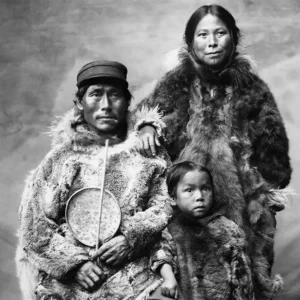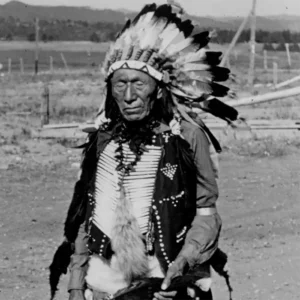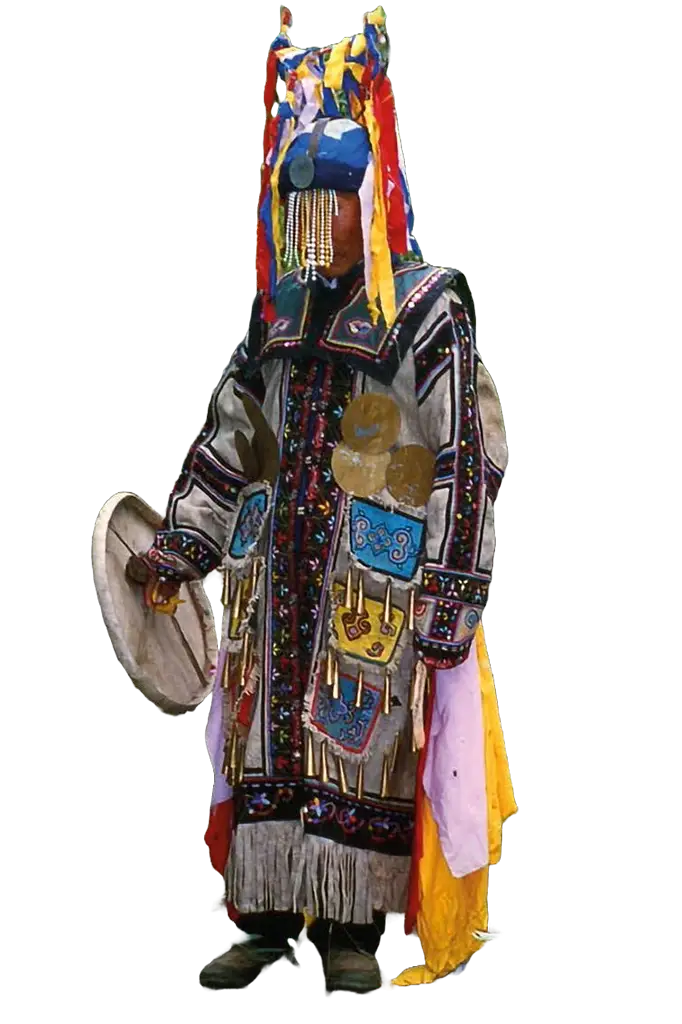Shamanism
Shamanism spread across the world map

Shamanism is an ancient, mysterious spiritual practice that embraces various indigenous cultures worldwide.
Shamanism constitutes the beliefs of natural peoples, from Africa to the Amazon, where everything is connected.
Within shamanism, the shaman – also called medicine man or medium – plays a central role in healing and foretelling the future.
The term “shamanism,” derived from the Tungusic“šaman” (one who knows), sums up the essence of this vibrant tradition.
Hunters and gatherers

Shamanism has its origins in the hunter-gatherer era (60,000-120,000 years ago) in Siberia.
Scientific research indicates a universal belief in the supernatural since prehistoric times.
Today, shamanism is spread worldwide, from the Arctic and Lapland to Africa.
The Amazon jungle, Nepal, Tibet, Oceania and Australia also have vibrant shamanic traditions.
Shamanism remains a powerful and timeless connection between humans and the spiritual realm.
The beliefs within shamanism

Shamanism is based on the idea that the visible world is permeated by invisible, transcendent forces and spirits.
The shaman, as a spiritual and ceremonial leader, acts as a bridge between humans and these worlds, protecting the soul during its journey.
Shamans often come hereditarily from families that have passed on their wisdom for generations.
Depending on where they live, they are also called medicine man, priest, healer, medium, witch, sorcerer or shaman.
Contact with the spirit world

A central feature of shamanism is that the shaman makes contact with the spirit world through trance.
Through complex rituals and the use of drum, rattle and dance, he achieves an expansion of consciousness that prepares him to interact with spiritual dimensions along the axis mundi, the path between heaven and earth.
During this trance journey, the shaman visits different worlds. In the upper world, high above our earthly reality, he meets spirit helpers and power animals, while the middle world enriches our daily reality with soul aspects and spiritual dimensions. Through natural openings or tunnels, he also enters the underworld, which is deep beneath the earth.
In addition to these ritual journeys, the shaman sometimes uses mind-altering substances such as ayahuasca and the peyote cactus, similar to practices in voodoo religion, to promote ecstasy and separation of the soul.
Discover Shamanism ...
The function and meaning of shamanism varies by region.
For example, the rituals of a Siberian shaman and an indigenous shaman in the Amazon jungle vary, while maintaining the core of their beliefs through centuries of cultural anchoring.
... in our museum
